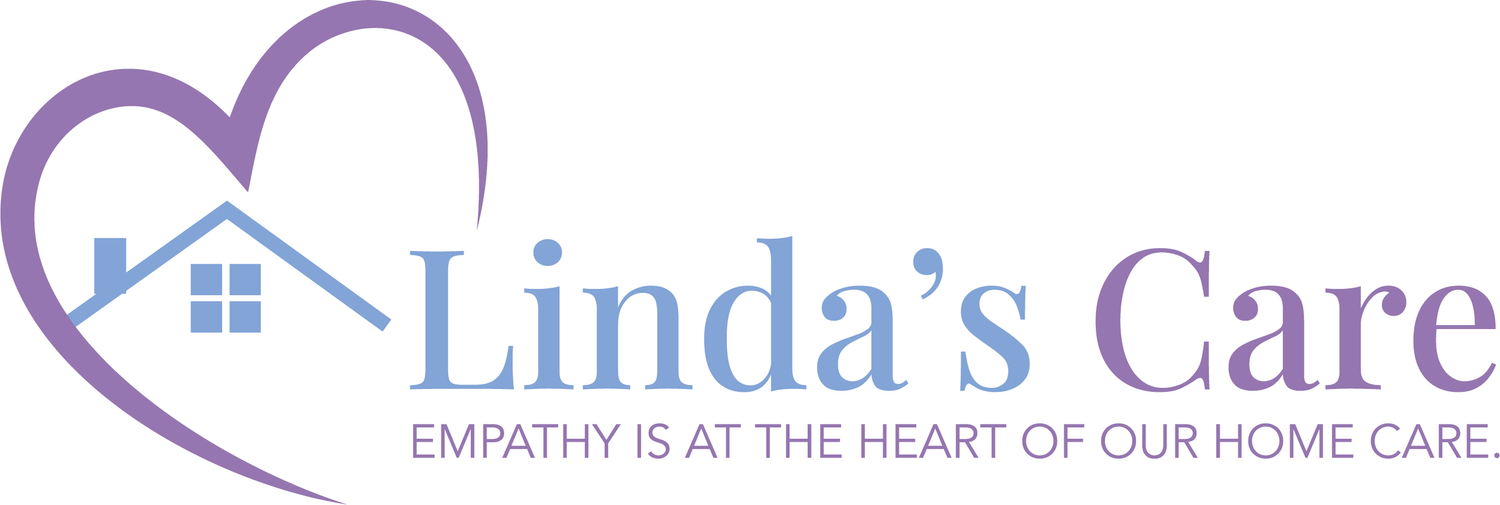How To Spot A Heart Attack
How to spot a Heart Attack
Approximately 1 million people in the United States suffer from heart attacks each year.
Many of us may have an idea of what a heart attack looks like: a sudden, sharp pain in the chest that makes somebody stop what they’re doing and clutch their chest. Although heart attacks happen abruptly, many start slow with pain or discomfort. Someone can have symptoms for hours before realizing they’re even experiencing a heart attack.
Making significant lifestyle changes can improve cardiovascular health. There are several activities for those recovering from a heart attack or looking to improve their heart health, including regular exercise, cooking healthy meals with family and loved ones, and maintaining positive mental health.
It’s important to know what signs to look for and to be aware of them:
Chest discomfort – Chest pain resulting from a heart attack may differ from person to person. The pain associated with a heart attack can vary from squeezing, discomfort, or feeling full.
Pain or discomfort throughout the body – The chest isn’t the only area associated with a heart attack. Pain and soreness can be experienced throughout other parts of the body, including the neck, back, arms, jaw, or a combination of these areas. Women are more inclined than men to experience jaw or back pain when suffering a heart attack.
Shortness of breath – Breathlessness/shortness of breath is a symptom that is not usually recognized as a heart attack symptom. If combined with other symptoms, sudden breathing problems should be taken seriously by those prone to heart problems.
Nausea –Cold sweats, vomiting, lightheadedness, and nausea are not often correlated with a heart attack but can sometimes signal the beginning.
Types of heart attacks:
NSTEMI –(Non-ST-elevation myocardial infarction)is a type of heart attack involving partial blockage of one of the coronary arteries. This causes a reduced flow of oxygen-rich blood to the heart muscle.
Coronary Artery Spasm: When blood flow is restricted through the artery due to tightening of the wall, it is called a coronary artery spasm.
Demand Ischemia: Demand ischemia is a type of heart attack that may not have any blockages in the arteries. It occurs when a patient’s heart needs more oxygen than is available in the body’s supply.
Silent Heart Attacks: Heart attack symptoms can vary, and in some instances, there are no apparent symptoms. These are referred to as silent heart attacks.
Cardiac Arrest: The term used when a person’s heart stops beating is cardiac arrest. It may result from a heart attack or something else.
The earlier a heart attack is spotted, the better chances of preventing damage to other parts of the body, including the heart and brain. If you experience or witness someone having any of these symptoms, call 911 immediately seek medical assistance.
Heart attack symptoms
The symptoms or severity of a heart attack can differ from person to person. The pain level can vary from mild to severe in others, and in some instances, others may have no symptoms. In other cases, cardiac arrest may be the first sign of a heart attack. If you are experiencing multiple signs and symptoms, you are more than likely having a heart attack.
Although heart attacks can happen unexpectedly, many people may exhibit warning signs prior, sometimes hours, days, or even weeks before the actual heart attack. One of the earliest signs is recurring chest pain or pressure (angina) triggered by the exertion. Angina occurs when a drop in the blood flow to the heart is relieved by resting.
When to see medical attention
Take action immediately. Do not wait too long. Some don’t recognize the critical signs and symptoms. Follow these steps:
Call 911 The most important thing to do if you think you have a heart attack is act immediately. Call 911 If you do not have access to emergency services, have someone drive you to the hospital. Your last resort is to drive yourself because your condition can change or worsen, and you can endanger yourself and those around you on the road while you are driving.
Take aspirin (if recommended). When experiencing a heart attack, ingesting aspirin can minimize heart damage by reducing blood clots. Aspirin may react badly with other medications, so make sure to consult with a doctor or medical professional before taking it. Do not hold off calling 911 to take an aspirin instead. Seek medical assistance first!
Take nitroglycerin (if prescribed). Follow your doctor or a medical professional’s guidance while waiting for emergency services to arrive.
What to do if you notice someone who might be having a heart attack?
If you see someone unconscious and you think they have had a heart attack, the first thing you should do is to call for emergency medical assistance. Next, check their breathing and pulse. If the person isn’t breathing or you don’t find a pulse, then and only then should you administer CPR.
Make hard and fast compressions on their chest in a reasonably rapid rhythm-approximately 100 to 120 compressions a minute.
If you are CPR certified, you can open the airway and administer rescue breathing. If you are not CPR certified, it is recommended by medical professionals only to perform chest compressions.
We Are Here to Help
The importance of heart health grows as we age, and the team at Lindas Care Home Care can help. Our trusted team of caregivers can help remind clients to take prescriptions, provide transportation to appointments, and support doctor-prescribed physical and diet regimens. Most importantly, we want to ensure that our clients can enjoy life to the fullest, no matter what their age or level of capability.
Contact your local Lindas Care home care location today to learn more about our in-home care services.
References
American Heart Association. “About Heart Attacks.” Web. 2016.
WebMD. “Heart Attacks and Heart Disease.” Web.
Unity Point Health. “10 Surprising Facts About Heart Attacks (Infographic).” Web. 2014
